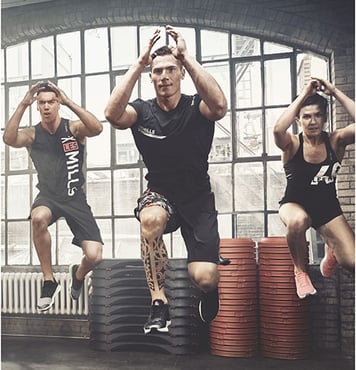 Group fitness classes can be a great combination of both cardio and strength exercises jam-packed into a session that ranges anywhere from 30 to 60 minutes. Whether you are a rookie or veteran to the gym, a group exercise class can be a great place to look to when thinking about what to do for your workout. And with the huge variety of classes that most fitness facilities offer daily, you can get just about anything you are looking for in a workout.
Group fitness classes can be a great combination of both cardio and strength exercises jam-packed into a session that ranges anywhere from 30 to 60 minutes. Whether you are a rookie or veteran to the gym, a group exercise class can be a great place to look to when thinking about what to do for your workout. And with the huge variety of classes that most fitness facilities offer daily, you can get just about anything you are looking for in a workout.
Over the next several months, we are going to highlight a group fitness class of the month. We will be taking a closer look at what each class is composed of and the benefits of it. I understand that sometimes pulling up a facility’s group fitness schedule can be overwhelming, with all the options and names of things you’ve never heard of, but hopefully this will help you to understand that these classes are something doable and well worth your time at the gym.
Often, along with the overwhelming amount of classes offered each week, the intimidation factor can play a large role. Let me help soothe those uneasy feelings by telling you it’s okay: just jump into the class and you will quickly blend right in! Now I know that not all group exercise classes are for everyone, and not everyone is going to agree that all classes offered are the best option, but with a well-rounded selection of classes, strength training, and cardiovascular exercise, you will be well on your way to fit!
This month we are going to take a look at the NIFS Class of the Month, BODYATTACK! BODYATTACK is the sports-inspired cardio workout for building strength and stamina. This high-energy interval training class combines athletic aerobic movements with strength and stabilization exercises. Dynamic instructors and powerful music motivate everyone toward their fitness goals—from the weekend athlete to the hardcore competitor. This class can be catered to anyone, from the first-timer to the frequent attender. You will see a combination of athletic components like running and jumping intertwined with strength exercises like squats and pushups. You will also experience a variety of fitness styles including aerobics, plyometrics, agility exercises, upper- and lower-body conditioning, power movements, and core strengthening exercises[watch video].
BODYATTACK is a full-body workout lasting 60 minutes. And though the class may look intense from a distance, any group class like BODYATTACK can be tailored to each and every individual fitness level. No matter what level you are at and choose to do in the class, BODYATTACK is designed to burn calories, help you tone up, and get into better overall shape through the various movements.
Tips for Your First Class
With all this, I know it can still be scary stepping up to your first class at the facility. If it is your first time, allow me to give you a few pointers:
- Get to class a few minutes early and introduce yourself to the instructor. This way you will feel more comfortable and the instructor can help you get set up if necessary.
- Set up your stuff close to the front, or at least in good view of the class instructor so that you can watch what he or she is doing closely.
- When the level options are given, take the lowest one first. Even if you consider yourself an elite athlete, sometimes classes may take you by surprise. Take the easiest level first and then ramp it up when you begin to feel more comfortable and confident.
- Keep moving! You won’t master every single exercise or move during the class, and that is okay. If you mess up, just keep moving to the beat of the music and pick back up on the next move.
- Don’t be intimidated! Contrary to popular belief, no one is watching you.
- Be okay with giving it a second try—we all know how intimidating it can be when you walk up and you have all those “group ex-ers” who know the next move before it even begins. Be patient and try the class a second time. That will be you in no time!
- Have fun! Laugh, make connections with others, and enjoy the next hour of time you have celebrating yourself and the journey to a healthier lifestyle.
Now that you are ready, give BODYATTACK a try! NIFS offers BODYATTACK two different times a week. Keep in mind all the great things that group exercise has to offer.
Not a member? Try a class for free!
This blog was written by Amanda Bireline, Fitness Center Manager. To find out more about the NIFS bloggers, click here.



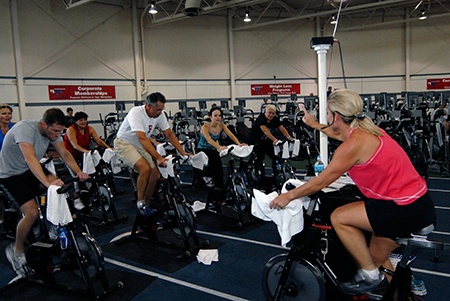 Are you one of those who either hate to run or find it is too hard on your body? You like to bike but right now it is way too cold to ride outside. Well, one of the greatest indoor group training classes that is offered is
Are you one of those who either hate to run or find it is too hard on your body? You like to bike but right now it is way too cold to ride outside. Well, one of the greatest indoor group training classes that is offered is 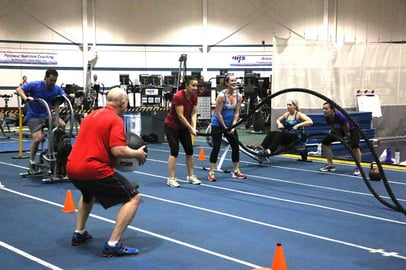 If you have ever participated in High Intensity Training (HIT), you will quickly discover what separates this style of workout from other popular styles you may know, like super sets or pyramid training. The main intention behind high intensity training workouts is that the workout will challenge your body to such a level of discomfort that its threshold or maximum capacity has no choice but to rise. Now don’t let the word “such a level of discomfort” scare you away; it’s the discomfort level that we all feel during exercise at some point, and of course you can push past it.
If you have ever participated in High Intensity Training (HIT), you will quickly discover what separates this style of workout from other popular styles you may know, like super sets or pyramid training. The main intention behind high intensity training workouts is that the workout will challenge your body to such a level of discomfort that its threshold or maximum capacity has no choice but to rise. Now don’t let the word “such a level of discomfort” scare you away; it’s the discomfort level that we all feel during exercise at some point, and of course you can push past it.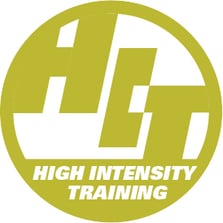

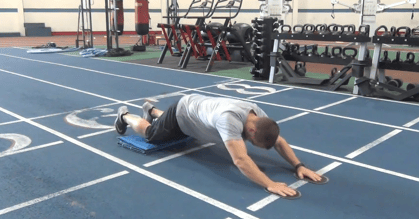
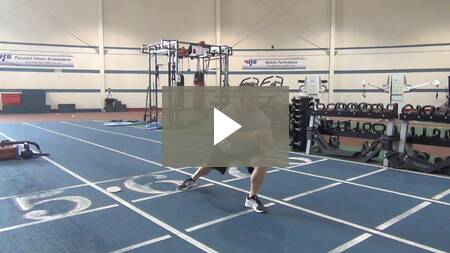

 In October 2014, Allison Griner decided to join
In October 2014, Allison Griner decided to join 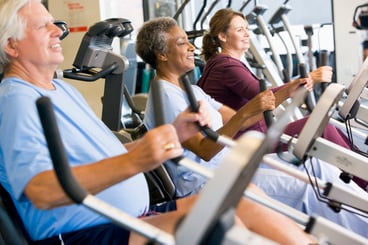

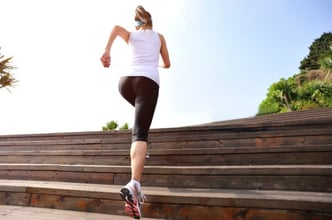 This is a pretty common question that comes to mind for me. I work out 6 days a week, but still that mild ascent up four flights of stairs to the copy room seems to get me every time.
This is a pretty common question that comes to mind for me. I work out 6 days a week, but still that mild ascent up four flights of stairs to the copy room seems to get me every time. 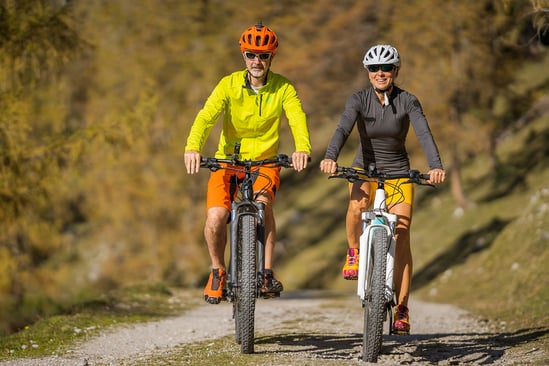 Biking can have significant benefits to your overall health and fitness! If you are looking for something to try that maybe you haven’t done in a while, consider hopping onto your bike…remember that’s that thing stashed in the back corner of the garage with flat tires and cobwebs hanging off the back of it!
Biking can have significant benefits to your overall health and fitness! If you are looking for something to try that maybe you haven’t done in a while, consider hopping onto your bike…remember that’s that thing stashed in the back corner of the garage with flat tires and cobwebs hanging off the back of it! 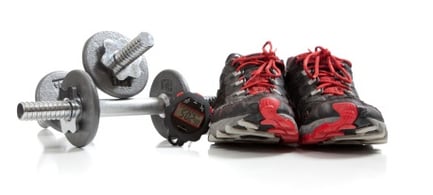 We’ve all heard the saying, “There are no stupid questions,” but there are a lot of questions that take a lot of effort and thought to answer correctly. One such question comes to mind when we are discussing fitness: “What should I do first, cardio or strength training?”
We’ve all heard the saying, “There are no stupid questions,” but there are a lot of questions that take a lot of effort and thought to answer correctly. One such question comes to mind when we are discussing fitness: “What should I do first, cardio or strength training?” 